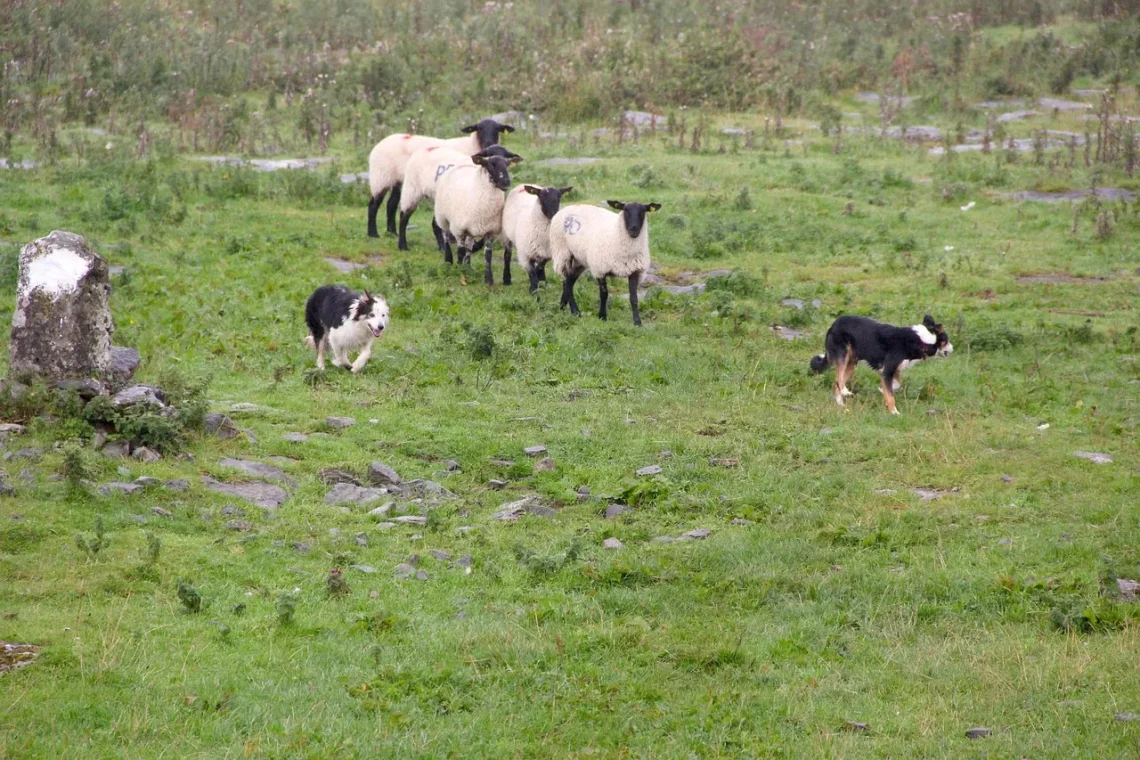
Understanding Canine Behavior and Unusual Eating Habits
Understanding canine behavior can be a fascinating journey for pet owners and animal enthusiasts alike. Dogs are not just companions; they are complex beings with unique personalities and instincts. Their behavior often reflects their environment, upbringing, and even their breed characteristics. Understanding these behaviors can lead to a deeper bond between humans and their canine friends, enhancing the overall companionship experience.
One area of canine behavior that often puzzles dog owners is their eating habits. While many dogs may seem to eat anything in sight, others can display peculiar and unusual eating behaviors. This can range from selective eating to scavenging or even hoarding food. Such behaviors can stem from a variety of factors, including genetics, past experiences, and even emotional states. This article aims to delve into the intricacies of canine behavior and the reasons behind some unusual eating habits, shedding light on how to interpret these actions and what they may signify regarding a dog’s overall health and well-being.
Common Canine Eating Behaviors
Dogs exhibit a range of eating behaviors that can be categorized into several common patterns. Understanding these can help owners better cater to their pets’ needs.
One prevalent behavior is the “grazing” habit, where dogs prefer to nibble on food throughout the day rather than consuming it all at once. This behavior often reflects the dog’s natural instincts as pack animals, where they might have scavenged for food intermittently. Grazers tend to be more selective in their eating and may need a consistent routine to encourage them to eat regular meals.
Another common behavior is “food guarding,” where dogs may display aggression or anxiety when someone approaches their food bowl. This behavior can stem from a history of food scarcity, especially in rescue dogs or those that have experienced neglect. It is essential for owners to recognize this behavior early on and implement positive reinforcement techniques to mitigate the anxiety associated with food guarding.
Additionally, many dogs exhibit a behavior known as “pica,” where they eat non-food items such as grass, plastic, or even dirt. Pica can be a sign of nutritional deficiencies, boredom, or stress. Dogs may consume these items out of curiosity or due to an underlying health issue. Understanding the triggers for these behaviors can help owners address the root causes effectively.
Overall, recognizing these common eating behaviors is crucial for pet owners. It not only aids in promoting healthier eating habits but also fosters a deeper understanding of a dog’s emotional and physical well-being.
Factors Influencing Unusual Eating Habits
Several factors can influence a dog’s unusual eating habits. Understanding these elements is vital for dog owners who want to ensure their pets maintain a healthy diet and lifestyle.
Firstly, genetics plays a significant role in shaping a dog’s eating habits. Certain breeds are predisposed to specific behaviors; for instance, retrievers may have a stronger instinct to scavenge and forage due to their hunting background. Recognizing these breed-related tendencies can help owners tailor their feeding strategies to align with their dog’s natural instincts.
Secondly, a dog’s early experiences, especially during its formative months, can significantly impact its eating habits. Dogs that have faced food scarcity may develop a compulsive eating behavior, leading them to consume food rapidly or hoard it. Conversely, dogs raised in an environment where food is abundant may become indifferent to eating, showcasing selective eating behaviors.
Environmental factors also play a crucial role in shaping a dog’s eating habits. Stressors in a dog’s environment, such as changes in the household, new pets, or loud noises, can lead to unusual eating behaviors. Some dogs may refuse to eat when stressed, while others may overeat as a coping mechanism.
Lastly, the overall health of the dog cannot be overlooked. Any underlying medical condition can significantly alter a dog’s appetite and eating habits. Conditions such as dental disease, gastrointestinal issues, or hormonal imbalances can lead to changes in how, when, and what dogs choose to eat. Regular veterinary check-ups are essential to address any health concerns that may be influencing a dog’s eating behavior.
By understanding these factors, owners can create a supportive environment that encourages healthy eating habits and addresses any underlying issues that may arise.
How to Address Unusual Eating Behaviors
Addressing unusual eating behaviors in dogs requires a multi-faceted approach that combines observation, training, and sometimes professional guidance. The first step is to observe the dog’s eating habits closely. Note when and how the dog eats, what it shows interest in, and any patterns that emerge. This observation can provide valuable insights into the reasons behind the unusual behavior.
If the behavior seems to stem from anxiety or stress, creating a calm and stable environment can help. Establishing a consistent feeding routine and minimizing distractions during mealtime can help dogs feel more secure. Some owners find that feeding their dogs in a quiet space away from other pets or family activities can encourage better eating habits.
Positive reinforcement is another effective strategy for addressing unusual eating behaviors. Rewarding dogs for eating their food calmly can help create a positive association with mealtime. It’s essential to avoid punishment or negative reinforcement, which can exacerbate anxiety and lead to more problematic eating behaviors.
When dealing with more severe cases, such as pica or extreme food guarding, consulting a professional dog trainer or a veterinary behaviorist may be necessary. These professionals can help identify the underlying issues and develop a tailored training plan to address the specific behavior.
Lastly, never underestimate the importance of regular veterinary check-ups. A veterinarian can help rule out any medical issues that may be contributing to unusual eating behaviors and provide guidance on the best dietary practices for a dog’s specific needs.
By employing a thoughtful and proactive approach, dog owners can effectively address unusual eating behaviors, fostering a healthier and more enjoyable mealtime experience for their furry companions.
The Role of Diet in Canine Behavior
Diet plays a significant role in influencing canine behavior, often acting as a cornerstone for overall health and well-being. The nutritional quality of a dog’s diet can impact energy levels, mood, and even behavior patterns. Therefore, understanding how diet affects canine behavior is essential for pet owners.
For instance, a diet high in protein and low in carbohydrates is often associated with increased energy levels in dogs. Conversely, diets high in simple carbohydrates can lead to fluctuations in energy, resulting in hyperactivity or lethargy. Monitoring a dog’s diet to ensure that it is balanced and appropriate for its age, size, and activity level can help mitigate behavioral issues.
Additionally, certain ingredients in dog food can influence behavior. Omega-3 fatty acids, for example, have been shown to have a calming effect on dogs, potentially reducing anxiety and aggressive behaviors. On the other hand, artificial additives and fillers can lead to hyperactivity and digestive issues, contributing to behavioral problems.
Moreover, food allergies or intolerances can lead to discomfort and irritability in dogs, affecting their overall demeanor and eating habits. If a dog shows signs of distress or unusual behaviors following a meal, it is crucial to consult with a veterinarian to determine if dietary changes are necessary.
By prioritizing a balanced and nutritious diet, owners can support their dog’s overall health and well-being, which in turn can lead to more stable and positive behaviors.
In conclusion, understanding canine behavior and unusual eating habits is a complex yet rewarding endeavor. By closely observing behaviors, recognizing influencing factors, and addressing any concerns proactively, pet owners can foster a healthier relationship with their furry companions.
*Disclaimer: This article is for informational purposes only and does not constitute medical advice. Always consult a veterinarian for health-related concerns regarding your pet.*




